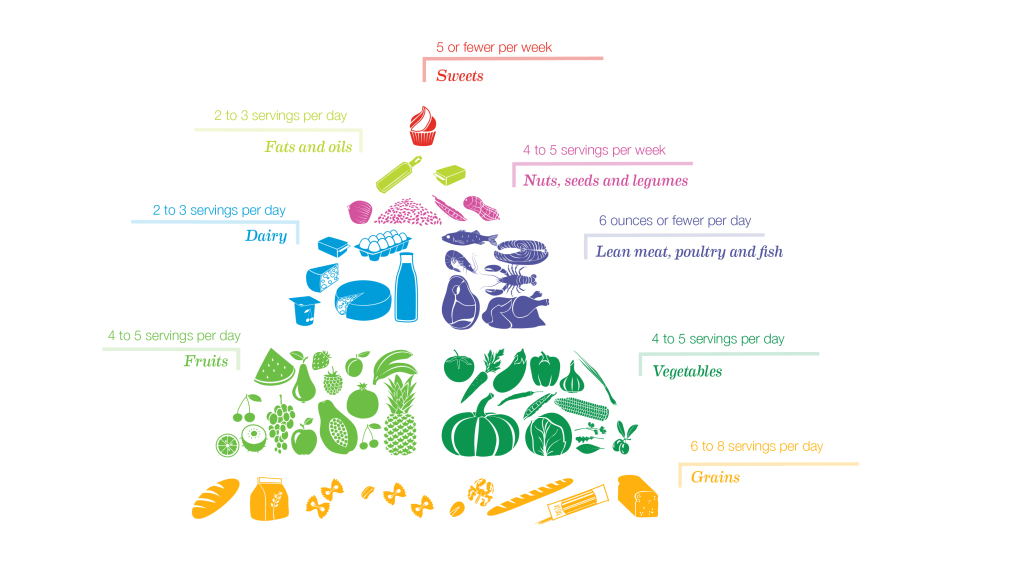When blood pressure continues to stay at a high level, it’s sometimes too much for the heart to take.
The Dietary Approaches to Stop Hypertension (DASH) eating plan – sponsored by the U.S. National Institutes of Health – aims to combat stress on the heart and lower blood pressure.
The medical term for high blood pressure is hypertension, which is the force of blood against the walls of arteries that rises and falls throughout the day. Hypertension is dangerous because it makes the heart work harder than it’s supposed to and contributes to the hardening of the arteries. High blood pressure levels increase the risk of heart disease, stroke, congestive heart failure, kidney disease and blindness.
High blood pressure levels increase the risk of heart disease, stroke, congestive heart failure, kidney disease and blindness.
Studies show that the DASH eating plan lowers high blood pressure and improves levels of blood lipids (fats in the bloodstream), reducing the overall risk of developing heart disease.
Broken down, the healthy eating plan recommends many different healthy servings throughout the day. These include:

Essentially, the DASH eating plan:
- Promotes healthy eating with a diet filled with vegetables, fruits and low fat dairy products;
- Limits sodium, sweets, sugary beverages, and red meats; and,
- Encourages the consumption of whole grains, fish, poultry, beans, seeds and nuts.
In addition, the DASH eating plan is low in saturated and trans-fats and is rich in potassium, calcium, magnesium, fiber and protein.
Many times, high blood pressure and cholesterol levels are traced back to diets with high sodium levels. The DASH eating plan is lower in sodium than the average American diet.
On top of a healthy diet, the DASH eating plan discourages over consumption of alcohol or caffeine.
Through healthy eating habits and portion control, the DASH eating plan is an excellent choice for those at-risk of, or currently suffering from, hypertension.


